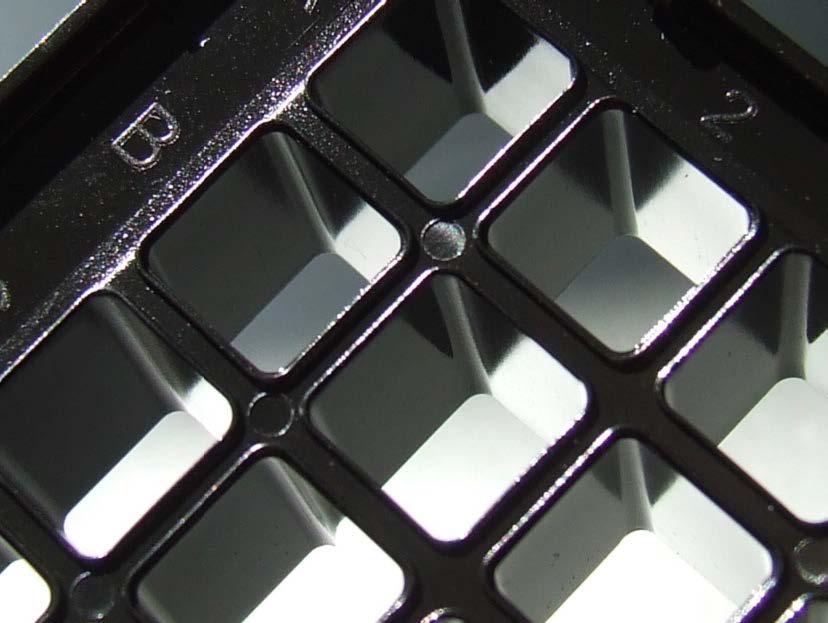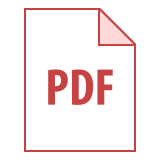Assay Plates
Assay Plates – Facts
- ANSI/SLAS 1-2004 Standard
- 96 | 384 well capacity versions
Key Features
- Low auto-fluorescence
- Square wells
- Multiple applications
About
SWISSCI Glass Bottom (GB) plates are a new benchmark in microplate technology.
The unique SWISSCI glass plate processing technique reduces auto-fluorescence to less than 5 per cent of the level for unprocessed plates and generates a higher signal-to-noise ratio.
Plates are available in 96 and 384 well formats. A sterile version is available on request.
Product Specifications
Reliable Performance
Overall microplate flatness (planarity) guarantees a lower error ratio across the focal plane.
Increased Working Volume
Square well is ideal for high-throughput operations and delivers maximum volume.
Low Base Design
The low base design ensures the readability of all wells, including outer wells.
Better Sealing
Wide partition walls between the wells give plenty of area for good sealing with tape.
No central bending occurs in this very robust structure.
Excellent long-term storage - no sample evaporation.
Multiple Applications
Including Fluorescence correlation spectroscopy (FCS); Confocal imaging; Fluorescence Polarisation (FP); Cell-based assays; Cell culture.
Low Auto-fluorescence
High-quality glass provides a lower fluorescent background and higher signal-to-noise ratio essential in all fluorescence applications.
Order Information
Item: 96 and 384 Well Glass Bottom Plates
Codes: PS96B-G175; PS384B-G175
Details: Pack of 100
Contact: sales@swissci.com
Datasheet







